April 17th, 2020
Patients frequently arrive at my Phoenix orthodontic office wanting to know what options are available nowadays for treatment with braces. While there are many different manufacturers of orthodontic products in the U.S., most of them offer the same categories of braces with very minor variations.
Standard Metal Braces- This is the most common type of braces with our younger patients and by far the most common in general. They offer excellent strength and durability while sacrificing a little bit on esthetics. This type of braces is also usually the most cost-effective.
Clear braces or “Invisible” braces – This type of braces is often confused with Invisalign, which is a very different treatment from clear braces. Clear braces are made of porcelain (similar to the material used to make tooth crowns or caps) and are the most popular option with adult patients who are not candidates for Invisalign treatment. Many orthodontic offices charge slightly more for this type of braces due to the higher cost of the material. It is an excellent option for patients looking for excellent treatment results while maintaining the highest possible esthetics.
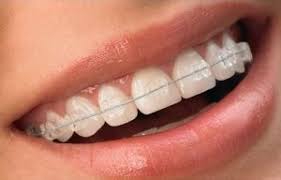
Lingual braces- This type of braces is placed on the inside of your teeth (near your tongue) instead of the outside of the your teeth. The draw of this type of braces is that they are literally invisible to the casual observer. However, you may sacrifice some comfort for this method of treatment compared to other available options and this type of braces also tends to be one of the most expensive due to the additional instruments, wires, and materials that must be used with this type of braces.
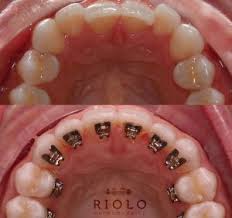
Self-ligating braces- There are both clear and metal versions of this type of braces. The difference between self-ligating braces and standard metal and clear braces is that self-ligating braces do not require ties (the colors that kids choose to hold the wire against the brace). These braces are sometimes thought to be a little easier to keep clean and you don’t have to worry about discolored ties. It was once believed that this type of braces reduced the amount of time you would need to spend in treatment by reducing friction. However, there have been several studies published that have shown that assumption to be false.
Invisalign- Invisalign is actually a series of clear plastic aligners – not braces – that are formed to the teeth. Each successive set of aligners is worn for approximately one to two weeks and will gradually align the teeth. While there are limitations to what aligners can do compared to braces, for the right candidate Invisalign can be an excellent treatment option.
April 1st, 2020
Your smile plays a large role in how others perceive you. Straight teeth and a smile you are proud of helps you to feel your best and promotes self-confidence. If you did not get braces to straighten your teeth in your early childhood or teenage years, it is not too late. Age is never a contraindication to orthodontic treatment.
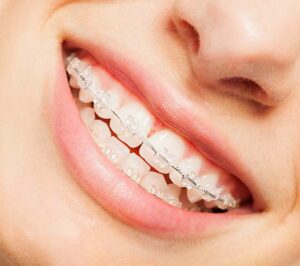
Adult orthodontic treatment is one of the fastest growing segments of orthodontics. There are very few clinical reasons why someone might want to postpone orthodontic treatment. Active periodontal disease is the primary reason and this can be resolved to allow someone to receive the treatment they desire. At Budd Orthodontics, we have several patients in their 50's, 60's and 70's receiving orthodontic treatment. They are thrilled to finally have a smile they enjoy looking at in the mirror.
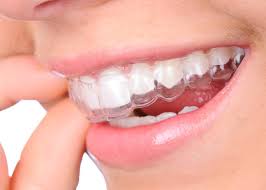
Options for adult treatment include Invisalign, clear braces, or even traditional braces. Budd Orthodontics offers free consultations to determine the need for treatment, what treatment options would be best for your specific case, and determine what your out-of-pocket cost for treatment would be. Please give us a call. We look forward to meeting you!
February 11th, 2020
Let’s be honest, seeing a one or two year old sucking their thumb is kind of cute. It makes you want to pick up the baby and give it a big hug and a kiss. However, thumbsucking is not limited to infants and toddlers.

As an orthodontist, I have had patients as old as 50+ who are thumb suckers. These patients relate to me that the thumbsucking is soothing and just helps them relax, especially when it is time to fall asleep. I have no problem with thumbsucking in regard to the social and emotional benefits it provides to some patients. We all have different ways of relaxing and easing the stresses of daily life. Who am I to judge?
The problem with thumbsucking from an orthodontic perspective lies in its effect on the movement of the teeth and the growth of the jaws. Prolonged thumbsucking over months and years will guarantee the need for braces and probably an expander in the future. The suction your mouth creates as you suck your thumb pushes your cheeks against your upper back teeth and splays your upper front teeth forward and your lower front teeth backward. The classic thumb sucker has a narrow palate with a crossbite on both sides and their front teeth stick out and don’t touch. The longer the thumbsucking goes on, the more exaggerated are the effects - especially once the permanent teeth start to grow in.

With my own children, I encourage the use of a pacifier to help the babies fall asleep and then when my kids have turned two, the “binky” fairy comes and takes away their binky to give it to another deserving child and leaves an exciting toy to replace it. They struggle for a few nights and then usually settle in without missing a beat. Thumbs are a lot harder to get rid of.
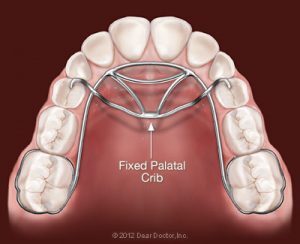
Treatments are available to help with the cessation of thumbsucking. I will usually recommend a product called Mavala (purchased on Amazon) as a first line of defense and then a habit appliance for patients who continue to struggle. If you need help easing your child away from their thumbsucking habit, or if you yourself have desires to move on from thumbsucking, please contact our office. Your orthodontist can definitely be a huge help in avoiding more serious orthodontic problems down the road.
January 6th, 2020
You may have been told by your orthodontist that your child needs a space maintainer to help make room for adult teeth that are still growing in, but are crowded. You might ask - Why wouldn't there be enough room for the teeth that are growing in? Shouldn't the adult teeth just be replacing the baby teeth that were already there?
Baby teeth are often not the same size as the adult teeth that replace them. Your front adult teeth are quite a bit wider than the baby teeth that they replace. The opposite is true for your back teeth. The back adult teeth are smaller than the baby molars that they replace. This size difference is what can make a space maintainer very useful. This situation combined with the fact that you may get large teeth from your mom and small jaws from your dad (or vice versa) can cause erupting adult teeth to run out of room.
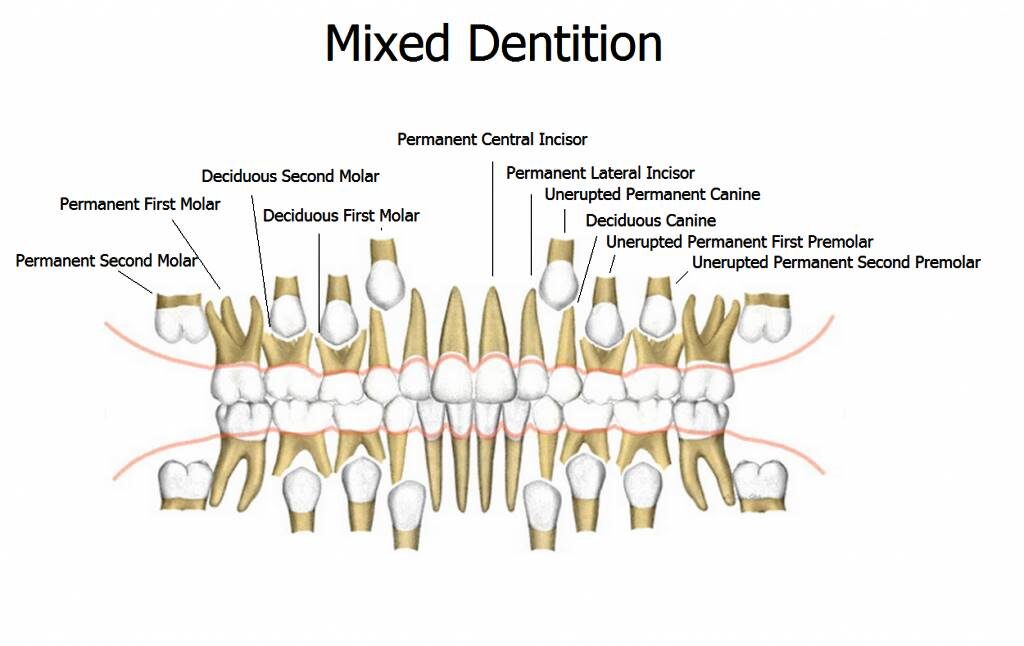 Orthodontists commonly use an appliance known as a space maintainer while children still have adult teeth that are growing in. There are many uses for a space maintainer, but the most common is insufficient spacing for the adult teeth. There are also many types of space maintainers, but the most common is called a lower lingual holding arch. This appliance takes advantage of the size difference between the adult premolars and the baby molars to save room for crowded front teeth. This appliance can make the time spent in braces shorter or even not necessary.
Orthodontists commonly use an appliance known as a space maintainer while children still have adult teeth that are growing in. There are many uses for a space maintainer, but the most common is insufficient spacing for the adult teeth. There are also many types of space maintainers, but the most common is called a lower lingual holding arch. This appliance takes advantage of the size difference between the adult premolars and the baby molars to save room for crowded front teeth. This appliance can make the time spent in braces shorter or even not necessary.
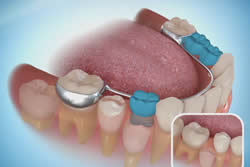
If your child's front teeth appear to be overlapping or too crowded, check with your orthodontist to see if a space maintainer might be a good option. At Budd Orthodontics, we offer free consultations to discuss concerns you might have with your child's dental development. Give us a call! We would love to meet you.
















 Website Powered by Sesame 24-7™
Website Powered by Sesame 24-7™